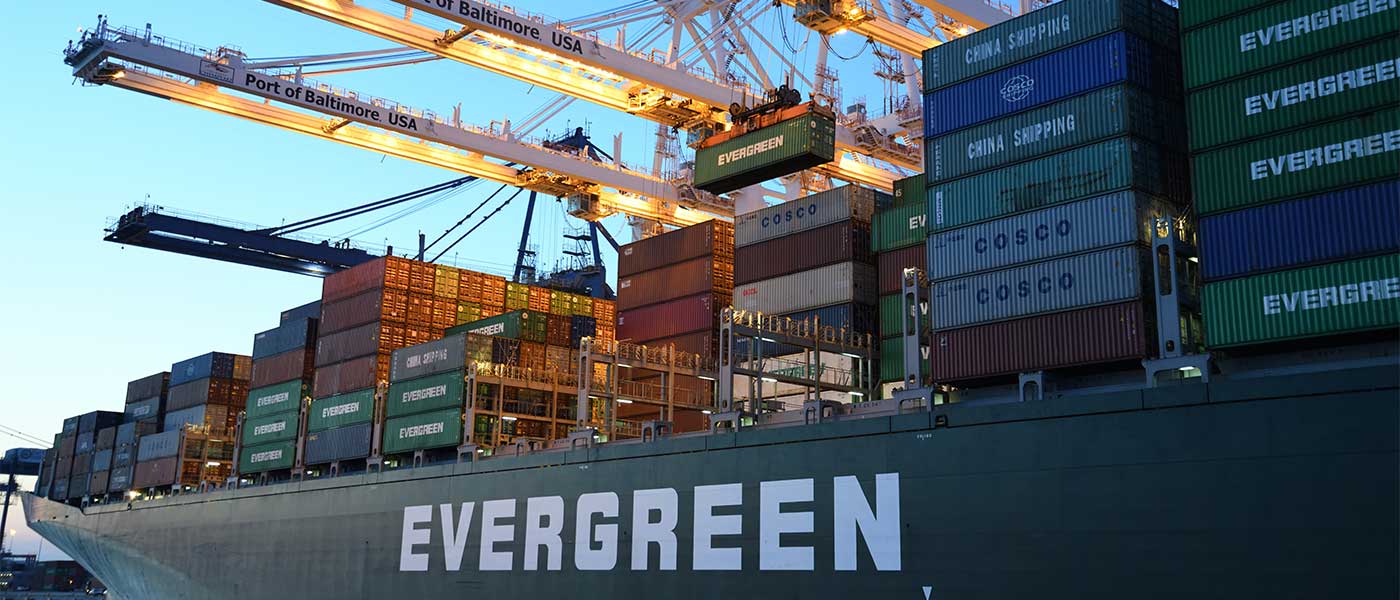If you’re an offline retailer, setting up an e-commerce store is not only nice-to-have, but rather now an essential part of the business. The COVID-19 pandemic which precipitated the temporary closure of brick-and-mortar stores has resulted in a significant shift in consumer behavior – throwing the importance and value of online presence into a sharp focus.
In the Philippines, the e-commerce market volume is valued at over $12bn. Seven out of ten Filipinos use the internet – demonstrating the active digital usage of potential customers.
While the rise of e-commerce has paved the way for a plethora of opportunities for brands in terms of sales and growth, embracing e-commerce has also presented several challenges. For large offline retailers, setting up an online presence is nowhere near easy.
In this article, we’ll talk about the top five challenges faced by offline retailers when taking the plunge into the world of e-commerce.
Crafting a unique customer experience
With almost every business making the big switch to e-commerce, online competition is also getting tougher and tougher by the day. With many other brands competing for the same market space, what will it take to stand out from competitors?
Stay on top of your customer’s needs, desires and demands. With the ever-changing nature of the digital landscape, things can easily change overnight. By keeping up with what’s trending and having the foresight to understand what your customers are thinking, you can integrate these findings into your product and website. For example, you can introduce a new product into your local market, or create a savings bundle based on your most popular or best-selling items.
Another way to differentiate your customer experience is through delivery. Customers now expect fast delivery – if they are undecided between buying the same product from two different businesses, it will come down to who can deliver the item to their doorstep the fastest.
The rise of e-commerce presents offline retailers with the opportunity to carve out a distinct online-offline shopping experience. Through technology, offline retailers are able to adapt both the physical and digital demands of customers – offering high quality service with greater efficiency across the board, resulting in increased customer retention.
Developing a website that is both appealing and strategic
Owing to the pandemic, digital interactions are now twice as important, as reported by McKinsey & Company. For brick-and-mortar stores, the customer experience is now translated online.
Various factors of a website such as seamlessness, user-friendliness, and ease of use influence a customer’s interaction with a brand – from purchases to browsing. Studies show that the average time a customer expects to wait from the moment of browsing to purchase completion is as short as five minutes. Customers will easily abandon a business’ site when too many glitches occur. And they will also be more susceptible to adding more items to the cart with the right product suggestions and promo pop-ups.
When developing an e-commerce website, a brand should prioritize both strategy and appeal in order to ensure success. Here are a few things to consider and remember:
- Choose the right platform best suited for your business – marketplace or brand.com
- Align website design with your business’ branding
- Test drive your website with your target customers to measure its seamlessness
- Optimize website features (newsletter popups, product reviews, suggested products, express check-out)
Evaluate your customer needs in terms of both practicality and creative approach. That way, you can draw in a wider reach, keep them engaged, and encourage them to shop from your online store.
Optimizing social media to drive traffic and sales
Social media serves various purposes – from building a community and connecting with your audience to serving as a platform for customers to easily shop your products (e.g. Instagram Shop, TikTok Shop).
Identifying the most appropriate and suitable social media channel for your business largely depends on your objectives and target audience. For example, if your product is best highlighted and shown through video format, you can explore different content methods such as:
- Product demonstration
- “When worn” clips
- Before/after reels
- How-to-use guides
- Comparison with similar products in the market
With that, social media platforms like Instagram and TikTok which are video-centric channels will best showcase what you’re selling.
Strengthening shipping and logistics
Nowadays, convenience is key when shopping online. Not only is it important for customers to find it easy to shop on your website, but it is also important for them to find it easy to have your products delivered to their doorstep. After your customers place their orders through your digital storefront, the next step is ensuring that their purchases arrive safely, on time, and at the most cost-efficient price for your business.
While offline giants are no strangers to managing retail logistics, omni-channel logistics presents a whole new set of challenges. From tracking inventories to monitoring stock levels, running the logistics operations of multiple e-commerce platforms can get tricky. But if retail giants fail to adapt an omni-channel e-commerce structure, they may lag behind their more digital-enabled competitors.
Ensuring you have a seamless and efficient shipping and logistics infrastructure in place will shape a positive customer experience and save you from potential customer complaints and headaches in the future. There are many variables to consider such as next-day or express delivery – a great method to entice customers to reach a minimum cart order or to create an urgency to checkout. Also, when you’re targeting to have a wider customer reach, planning for international and local shipping is essential.
To give your business the best chance of success with shipping and logistics, working with a fulfillment partner who already has these infrastructures in place is the most strategic and cost-efficient choice. In contrast to renting out your own warehouse and training your own fleet of logistics personnel (which will cost you exponential amounts of time and money), partnering up with a third-party logistics partner will ensure the logistics operations of your business will be running smoothly.
Automating systems and processes
COVID-19 has changed the way brands do business overnight. The urgency and importance of having e-commerce enabled websites rose exponentially when lockdowns ensued. More so now, it is not enough to have just one digital storefront. In order to reach as many customers as possible and keep up with your competition, you have to make your products shoppable on as many platforms as possible.
For businesses who plan to manage multi-channel e-commerce, automating systems and processes is absolutely essential. Running things manually does not only leave for human error but it also costs too much time and money. Having the technology that could integrate all your online storefronts (brand.com and marketplaces) will not only allow businesses to easily manage their e-commerce operations, but also give them access to valuable data and information that could help them plan for expansion and growth.
For large offline retailers, building an online store to expand their offline store provides several advantages. E-commerce stores offer brands more data and insights into your customers and their behaviors. You can make yourself more accessible to your customers while also making it more convenient for them to shop your products. All in all, having both a strong offline and online presence makes your business not only more competitive, but also more adaptable.











